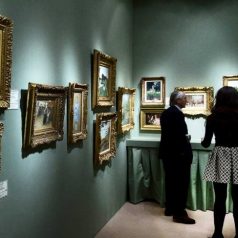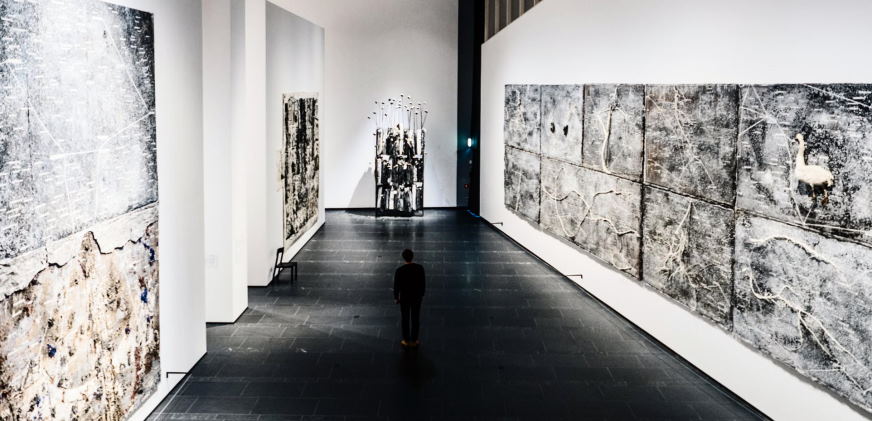The Rise of the European Art Market

The European art market is on the rise, with recent data showing that sales in the region have increased by nearly 20 percent. This growth is fueled by several factors, including an increase in the number of high-net-worth individuals and a growing interest in art as an investment.
With major auction houses reporting strong sales and a growing number of private dealers competing for blue-chip works, the European art market is poised for continued growth in the years to come. Here’s a closer look at the factors driving this market expansion.
Reasons the European art market is so hot right now
- The European art market is currently benefiting from a “perfect storm” of conditions. A strong economy and rising wealth levels drive demand for art, while a relatively weak euro makes European works more affordable for buyers from other currencies. In recent years, this has led to record prices for European art at auctions.
- The European art market also benefits from a growing appetite for “old masters” paintings. These works by artists like Rembrandt, Rubens, and Van Dyck are increasingly seen as safe investments by collectors due to their rarity and historical value.
- Contemporary European artists are also in high demand, as the region produces some of the world’s leading talents. While the US still dominates the contemporary art market, Europe is home to a number of world-renowned artists, such as Damien Hirst and Banksy.
- The European art market is also benefitting from increased tourism. In recent years, there has been a rise in the number of people traveling to Europe to see its art collections. This has led to more people buying art while on holiday, driving up prices.
- Finally, the European art market is buoyed by China’s strong demand. Chinese buyers are increasingly active at European auctions and galleries, helping to drive up prices for European works.
These factors combine to create a perfect storm for the European art market, which is experiencing record prices and strong demand.

How to sell art in Europe?
There are many ways to sell art in Europe, but some methods may be more effective depending on the type of art you are selling and the market you are targeting. One popular method is to hold art exhibitions, which can be a great way to generate interest and sales. Another option is to work with an art dealer or gallery, although this may require a commission fee. Finally, you can also list your artwork for sale online, which can reach a global audience. Whatever route you decide to take, do your research first so you can price your artwork competitively and find the right buyers.
If you’re selling art in Europe, one of the best ways to generate interest and sales is by holding art exhibitions. This is a great way to showcase your work to potential buyers and help you build a rapport with art collectors and dealers. If you need help figuring out where to start, try contacting local galleries or art dealers to see if they would be interested in hosting an exhibition for your work.

Another option for selling art in Europe is listing your artwork online. This can be a great way to reach a global audience, as many websites cater specifically to the sale of art. When listing your artwork online, ensure you include high-quality images and detailed descriptions so potential buyers can get a good idea of what they’re purchasing. You should also set a reasonable price that reflects the quality of your work.
If you’re looking for a more personal way to sell art in Europe, you can also work with an art dealer or gallery. This option may require you to pay a commission fee, but it can be worth it if you’re able to build up a good relationship with the dealer or gallery. They will usually have a network of contacts that they can put you in touch with, which can help you reach potential buyers.
Whatever route you decide to take when selling art in Europe, make sure you do your research first. This includes finding out the average prices for similar artwork in the market you’re targeting and getting an idea of the type of buyers who are most likely to be interested in your work. Then, with a little planning and effort, you can find the right buyers and sell your artwork successfully.

 Each monthly issue features exhibition reviews, interviews with leading artists, and in-depth essays by critics, curators, and scholars at the forefront of their fields. Centre-fuge Art today reaches both influential art world insiders as well as a broad audience invested in understanding pivotal cultural trends.
Each monthly issue features exhibition reviews, interviews with leading artists, and in-depth essays by critics, curators, and scholars at the forefront of their fields. Centre-fuge Art today reaches both influential art world insiders as well as a broad audience invested in understanding pivotal cultural trends.